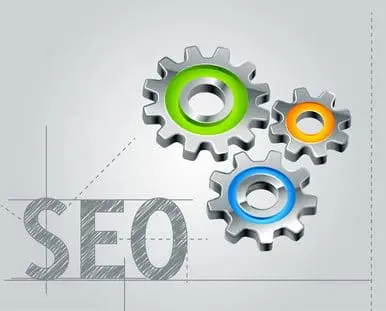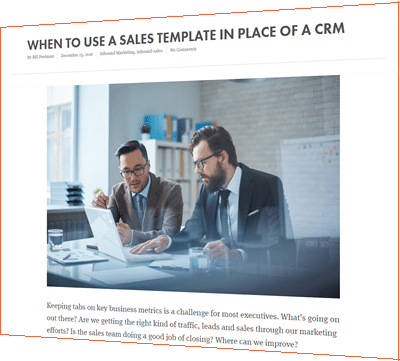It’s essential to effectively target your keywords in your page titles, headlines (or early in the body copy), URLs, etc. But in 2012, content analysis has become far more sophisticated with search engines “reading” pages almost the way humans do and pattern-matching good content, design, layout and usability. There may even be some elements of on-page analysis that look at the authenticity and passion of the written word (or something that approximates it).

graphic courtey of seomoz.org
Note that optimizing for the experience real, human users have and the value they derive from your work can produce outsized returns to simple, classic on-page optimization.
It’s very common that businesses will do too little on-page optimization or too much (keyword stuffing). While it’s important to include your keyword as many times as necessary within a page, you don’t want to go overboard with it either.
On-page SEO done right:
- Pick a primary keyword for each page and focus on optimizing that page for that word. If you oversaturate a page with too many keywords on one page, the page will lose its importance and authority because search engines won’t have a clear idea of what the page is about. This is very common on homepages in particular, where too many keywords are used.
- Place your primary keywords in your headline and sub-headline. These areas of content have greater weight to search engines.
- Include the keywords in the body content but don’t use them out of context. Make sure they are relevant with the rest of your content.
- Include keywords in the file name of images (e.g. mykeyword.jpg) or use them in the ALT tag.
- Include the keywords in the page URL and keep the URL clean. Example dirty URL:
http://sigmawebmarketing.com/Default.aspx?tabid=425359&subctrl=post&bid=116562
Example clean URL:
http://sigmawebmarketing.com/on-page-search-engine-optimization-guidelines
- Use a title tag and meta tags, as search engines look at these to learn more about what the page is about. Make sure you have these on every page, and that are unique.
Examples:<title>16 Tips for Creating Your SEO Strategy</title>
<meta name="keywords" content="seo, search engine optimization, google search" />
<meta name="description" content="Having a search engine optimization (SEO) strategy is an important cornerstone of lead generation through your website." />
- And most importantly, as noted above, write for humans first, search engines second. Always prepare your content for your audience and then look to optimize it for search. Content written in the other order won’t read naturally and your visitors will recognize it.
That wasn’t so hard, was it? On-page search engine guidelines have become much simpler over the years, as search engines put increasing emphasis on good content, design, layout and usability.





